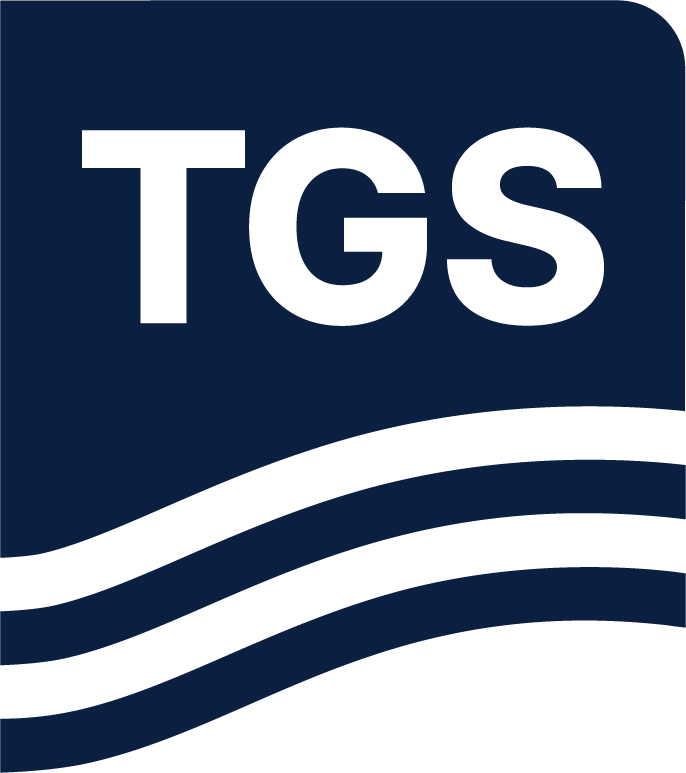Paper Summary
In this First Break article form February 2024, TGS experts Erik Ewig, John Brittan, Cerys James, John Oluf Brodersen and Sverre Olsen present the company journey in embracing the cloud and digitalisation to ensure the company remains highly competitive.
Introduction
Transforming a traditional industrial player into a cloud-native, data-driven energy data company is a monumental journey, one that PGS embarked on in 2020. Faced with ageing on-premises equipment that required substantial capital expenditure, the company found itself at a crossroads, especially coming out of a challenging economic downturn. It was in this context that a pivotal decision was made, to leverage the need for equipment renewal as an opportunity to look at our entire seismic data flow (from sensor to customer) and overhaul our IT and high-performance computing (HPC) landscape. The primary goal was to create a sustainable, cost-effective, and scalable solution that would not only future-proof the company but also deliver added value to our customers.

Figure 1 - Traditional data flow (top) vs. optimised data flow (bottom). The traditional flow contains many data duplications and physical data handover points. The PGS optimised data flow transfers the subsurface information as soon as possible via satellite into the cloud for QC, processing and final delivery.
We quickly realised that this was more than just a technology project; it requires the whole organisation to adapt to significant changes for both people and processes. At the onset of 2021, PGS consolidated its technological and digitalisation resources and projects into a unified organisation, empowered with the mandate and capabilities essential for executing this transformative initiative.
Read the full article HERE.

